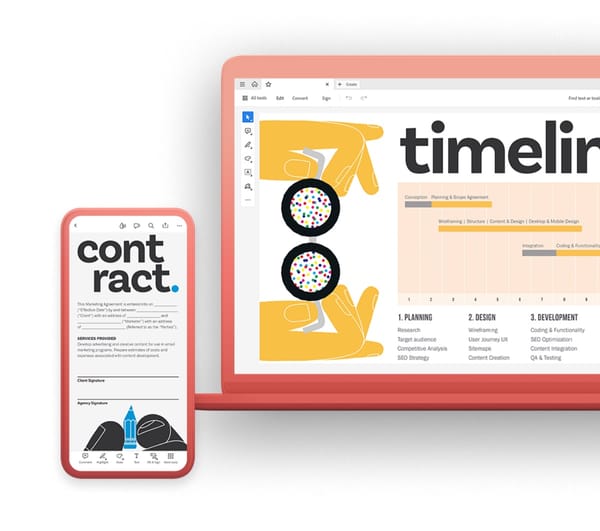How do I combine 3 Pages in InDesign?
In Adobe InDesign, combining multiple pages into a single page can be a useful technique for streamlining layouts, optimizing page count, and maintaining consistency across multiple spreads. This process can be achieved through various methods, each tailored to specific requirements and workflows.
Method 1: Merging Pages Manually
- Identify the Pages to Combine: Determine the specific pages you want to merge into a single page.
- Select the Pages: Open the Pages panel (Window > Pages) and select the desired pages by clicking on their thumbnails.
- Copy and Paste: Copy the selected pages by pressing Ctrl+C (Windows) or Command+C (Mac).
- Paste the Pages: Go to the page where you want to insert the merged pages and paste them by pressing Ctrl+V (Windows) or Command+V (Mac).
- Delete Duplicate Pages: If necessary, delete the original pages to avoid unnecessary page count.
Method 2: Using the Pages Panel
- Arrange the Pages: Open the Pages panel and drag and drop the desired pages onto each other to create a continuous spread.
- Unlock the Pages: Right-click on the merged spread and select “Unlock Pages” to ensure the merged pages can be formatted independently.
- Format the Merged Spread: Style the merged spread as desired, applying desired margins, background colors, or any other formatting options.
Method 3: Applying Master Pages
- Create a Master Page: Create a new master page and define the desired layout for the merged pages.
- Assign the Master Page: Assign the newly created master page to the pages you want to merge.
- Modify Content: Edit the master page content as needed, ensuring the layout aligns with your desired design.
- Update Linked Documents: If you are merging pages from multiple linked documents, update the links to ensure consistency across the merged pages.
Benefits of Combining Pages
- Streamlined Layouts: Combining pages simplifies the layout and reduces page count, enhancing the overall organization of your document.
- Consistent Design: Combining pages maintains consistency across multiple spreads, ensuring a unified visual style.
- Efficient Editing: Editing and formatting the merged pages becomes more manageable, simplifying the design process.
- Reduced File Size: Merging pages can reduce the overall file size of your document, improving performance and workflow.
Conclusion
Combining pages in Adobe InDesign is a valuable technique for streamlining layouts, optimizing page count, and maintaining consistency across multiple spreads. By understanding the various methods for merging pages and leveraging their benefits, designers can create more efficient and visually appealing layouts in their InDesign projects.


